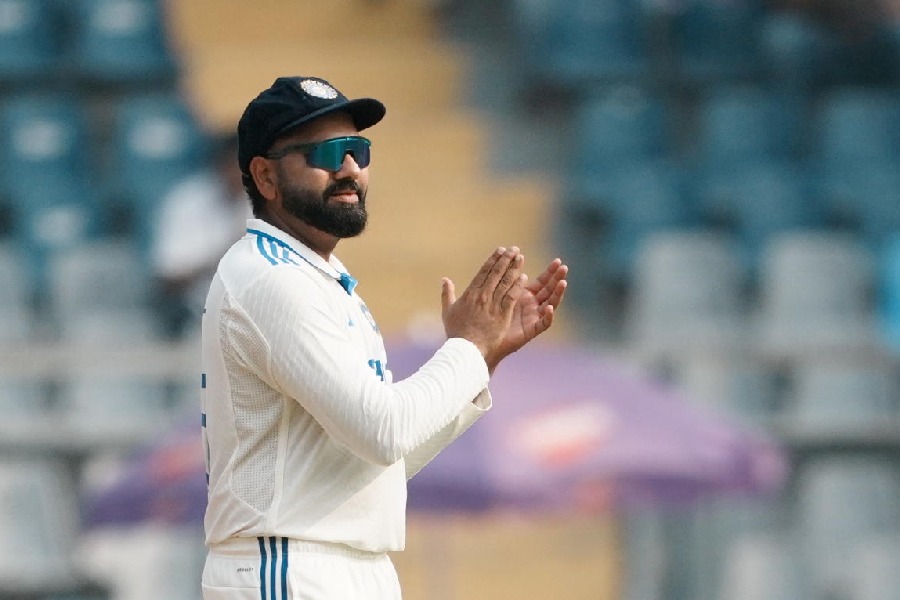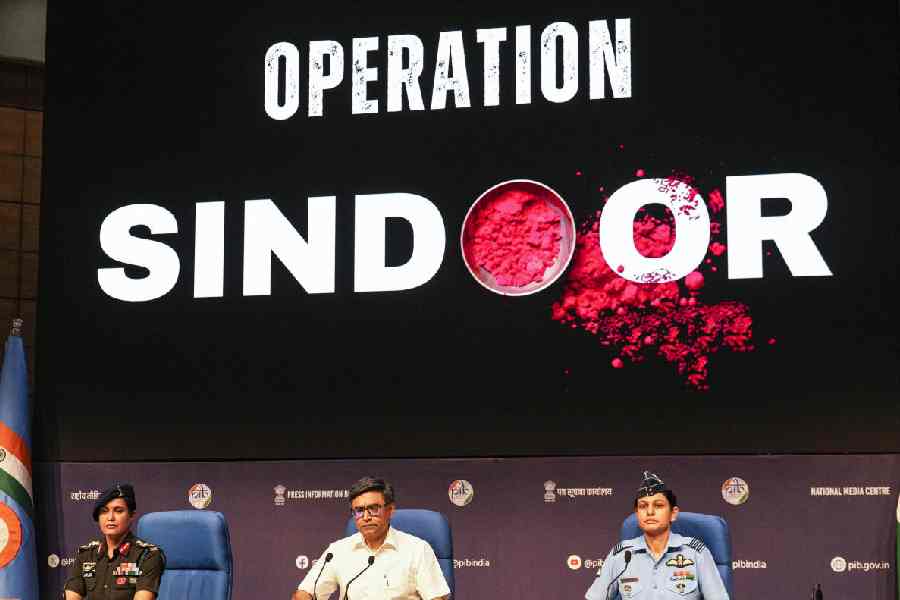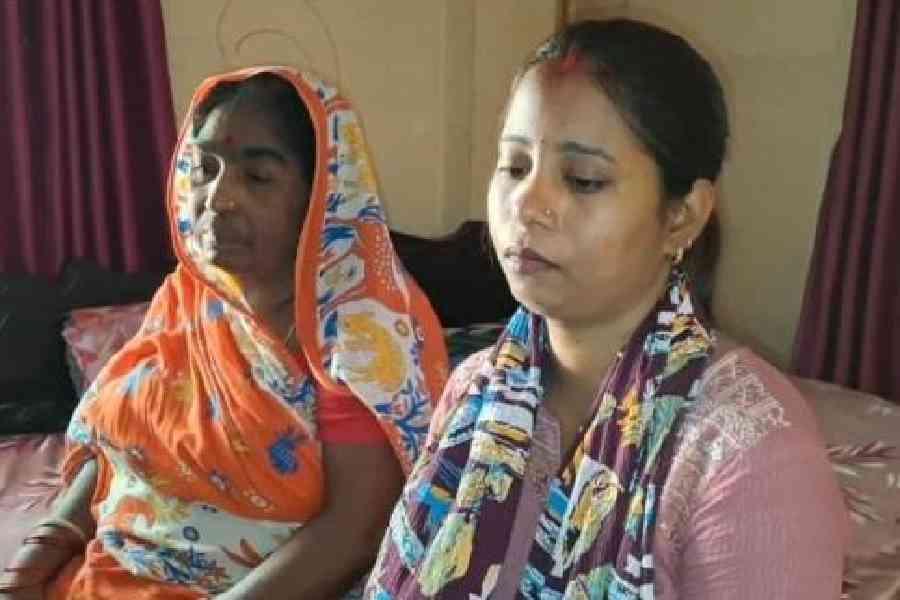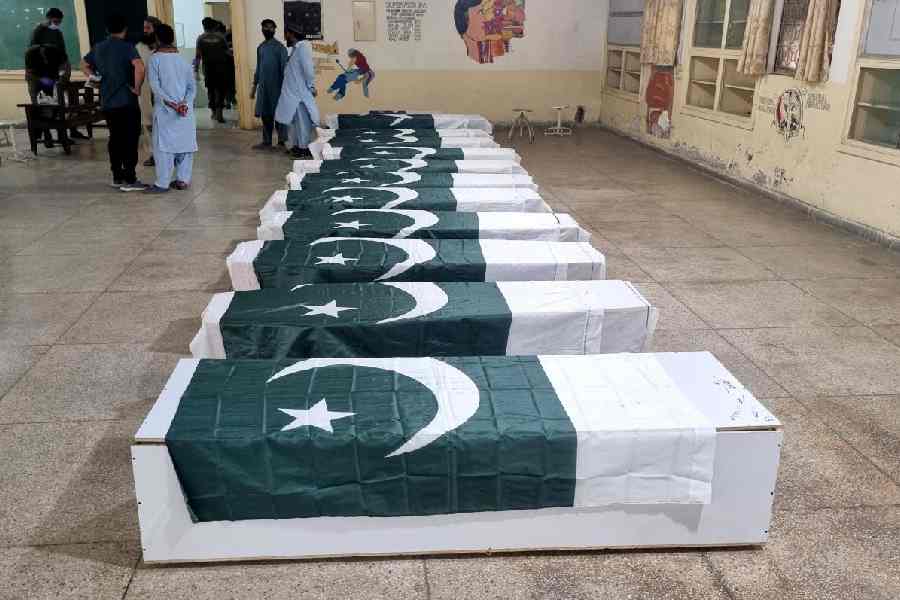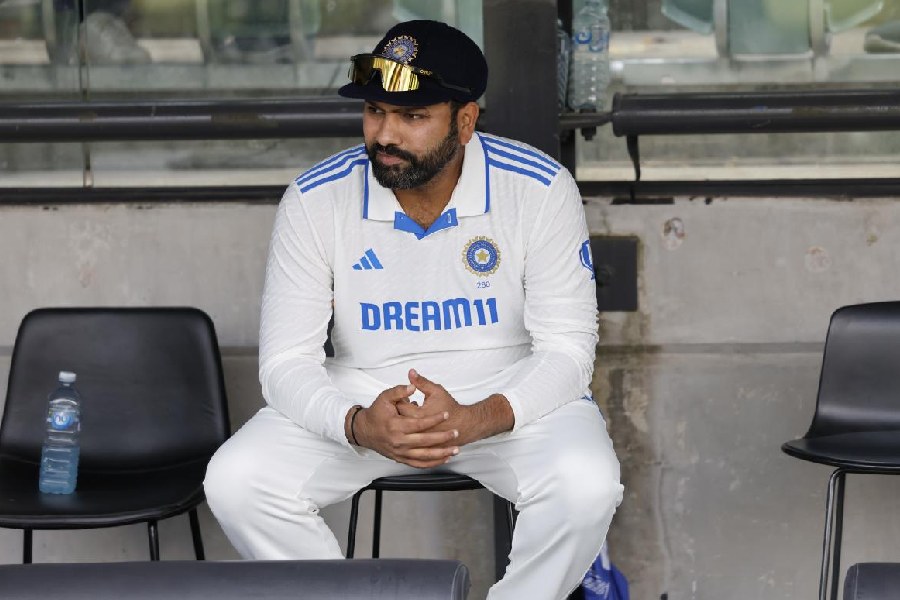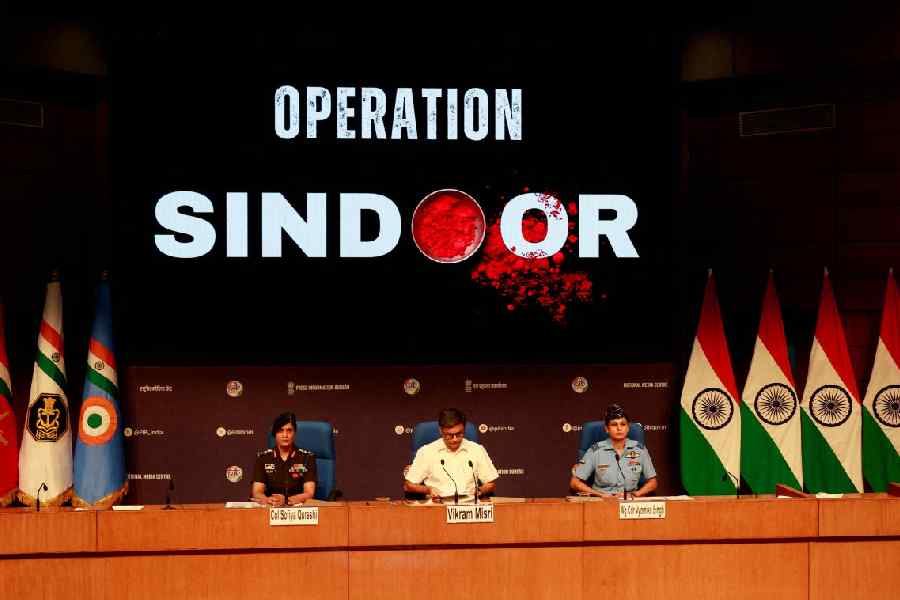
I grew up in a land that is now called “Meghalaya”. It was then just “Assam”. The Northeast is a land swept by music, dance and rain. One minute there’s bright sunshine and then, seconds later, you’re drenched to the bone. It is the bohemian in me, nurtured from kindergarten to graduation in the mountains and vales of the Northeast that compels me to associate music with every sensual experience.
I would shut my eyes and walk against the rain to feel the sting of the drops on my face. I would scoop up hail and shove it into my mouth to crunch between agonised molars. We marched in the rain, went out to play games in torrential downpours and even swam in the outdoor pool where the water suddenly felt embracingly warm while freezing drops from the sky pierced our bare backs and shoulders. That was the eastern Himalaya.
Half a century later in the Garhwal mountains, as I sit down to pen this essay, it’s raining and hailing outside and our Buddhist prayer flags are swaying as dangerously as the tall pines they are tethered to. The squawk of magpies and the shriek of thrushes who have built their nests under the prying gaze of wily cuckoos looking for surrogate mothers and orbiting black eagles that keep an eye on everything and will swoop down and lift baby pheasants in their terrifying talons as they scurry through the brush to hide under their mother’s wings, tell us that the sun shall soon begin its slow creep south and the sizzling summer will gracefully yield to clouds and drizzles and blossoming pink begonias drooping off dry stone walls while children brave thorns to collect black raspberries.
The forest floors will crawl with blood-sucking leeches and screaming cicadas will drown the chirrup of birds and drifting clouds of mist will create a magic of their own as they swirl through firs with giant cobwebs shimmering with necklaces of raindrops.
I love the rain. I love the monsoon. It drives tourists away.
I grew up in an Irish Christian Brother school in Shillong where, through puffs of powdered resin rising from our bows scraping ‘G’ strings, we accompanied an alcoholic music teacher, a brilliant violinist called Maurice Guillaume, as he played Vivaldi’s Four Seasons and our fabulous 30-piece school orchestra held little boys spellbound with extracts from Beethoven’s Sixth, the resounding Pastoral. Thus did thunder mingle with the rain.
The melodic strains of Vivaldi’s Autumn played to the tapur-tupur rhythm on tin roofs in Garhwal and even Winter, when snow drifts envelop us, numb your senses and dissolve seas of troubles into cascading cadences of music; as the rainbow-less rain falls all through the night into several successive dawns, the brooding romance of Raag Megh Malhar is a metaphysical experience impossible to describe. The word “Raag”, after all, does mean “passion”.
When the handsome young Bhimsen Joshi sang the original Megh Malhar in his youth, and stared heavenward with moist eyes, he enraptured audiences and captured many a lonely heart. The patter of rain in the western Himalaya, belied by devastating landslides, may swell the Ganga and Jamuna to bounteous levels but will never compare with the rage of the mighty Brahmaputra descending from the mountains in the east.
During the heavy monsoon each year, its flood waters constitute the largest breeding ground of over 40 recorded species of fresh water fish whose eggs, free from predators, hatch in Kaziranga and then, as the waters recede, millions of fish flow back into the Brahmaputra to sustain the riverine cultures of vast areas of the valley and even tribal areas of the nearby hills that slope into its waters.
The monsoons drove the Mughals away from Assam as they woke up to discover that the swollen waters of the Brahmaputra had isolated their armies into vulnerable pockets that were easy to attack and impossible to defend without drowning in the tumbling waters of the Lohit. Wild buffaloes and elephants and rhinos and thick forests in a valley protected by mountains on every side, and infested with mosquitoes, was something the Mughals had never confronted in the arid zones they came from. Not humans, but Nature, was their overwhelming enemy here.
At the age of 60 a reluctant Ramtanu Pandey arrived in Akbar’s court, invited by the Mughal emperor to join his musicians as a singer. Akbar was so mesmerised by the old man’s voice and talent that he proclaimed Pandey his greatest Navaratna and conferred upon him the title of “Miyan Tansen”. There is a legend that Ramtanu was already famous for having lit lamps with his rendition of Raag Deepak and now, under Akbar’s tutelage he converted the tender Megh Malhar into the famous Miyan ki Malhar with phrases in the lower octaves reminiscent of the rumble of thunder across monsoon skies.
Many years ago, in the private Jalsaghar of my friend JC, one of our most respected connoisseurs and promoters of Hindustani Classical music, I sat on a Kashmiri carpet spread across a marble floor and leaning intoxicated on a bolster like Chhabi Biswas, I had heard the incomparable Pandit Bhimsen Joshi’s deep baritone roll like thunder as he rendered his inimitable version of Miyan ki Malhar. It gave one goosebumps and interminable shivers down the spine. I have always likened the thunder, lightning and rain of the monsoons in Meghalaya and the Assam Valley, to the Pastoral and Tansen’s tantalising Miyan ki Malhar. Manikda used it in his film to depict the fear and loneliness of a harried zamindar who stares emptily at moments of inertia on a swaying chandelier.

A century earlier, the sanyasis of Bankim Chandra’s Anandamath sang what has become our national song and a symbol of freedom from bondage, Vande Mataram. It was originally composed in the melody of Raag Megh Malhar. That was a far better example of the Vaishnav mindset of Bengal that existed from the time the Sufi mystic Muhammad Ghaus influenced the Bhakti movement of Tansen, Guru Nanak, Chaitanya Mahaprabhu and Srimanta Sankaradeva who influenced a cultural evolution across the wetlands of Kochbihar and Asom.
Megh Malhar is dedicated to the rain that falls from heaven in the month of Sraavan, to cool and soothe our accumulated angst and cleanse our spirits of every ugliness and animosity that it harbours. Raag Deepak that once lit up our lives has virtually disappeared and corrupt forms of it exist today; those that enflame passions and drive mankind to destroy his brethren with pathetic apathy. Love and worship are for dreamers; joy in bloodshed and annihilation is the basis of entertainment that even little children fight over on hand-held toys that screw up their psyches forever. We train in innocent Universities to master new forms of mass destruction.
Across the world we hear a common prayer that hopes our megalomaniacal leaders ‘can see their moments of greatness flicker, and look over their shoulders at the eternal footman holding their coats open with a snicker of disdain (sic).’ Our world today, whether we look East, West, Middle East or within, is hell-bent on converting this magnificent earth and its diverse cultural wealth into a vast Wasteland, by killing the meek, the weak and the poor, mercilessly.
Someone needs to revive that Deepak that once lit lamps of hope and peace in our lives.
This piece has been labelled “a monsoon medley” because the traditional fare of this season is always a delightfully mixed up kedgeree served with fiery beygoonis and pakoras and how could I possibly leave peyanjis (onion fritters) out?
It’s the twisted peyanji that represents the way vast members of our society think and act these days: vying to outdo each other are Politicians, the Judiciary and that despicable new monster invading our lives and living rooms, the social media. We are victims of malicious wheeling and dealing at almost every level. Everywhere you look in the world, democracy is being made a mockery of and petty, petty and utterly misguided “dictatorships” are taking its place.
Here’s my solution. Take 20 grams of butter, put it on your thala and pour your steaming hot khichuri on top of it. Now pour 20 grams of home-made gawa ghee over the khichuri, mash the aloo and tear the phulkopi within, grab a hot crisp beygooni from the side and start chewing and swallowing your woes away while nature sends its soul-cleansing and sanitising liquid down in buckets from above.
And when your streets get flooded, walk through those waters laughing and singing in the rain as we once did during our college days in Calcutta and pray you don’t step into an open manhole to be sucked down instantaneously and spat out into our Bhagirathi Hooghly of ill repute.
Ha!
And as it pours down in sheets tonight and the full moon shines on hail that gathers on the forest turf, I look up and thank heaven I dwell in Dev Bhoomi: abode of mystics, magic mushrooms and stinging nettle, beneath circling Lammergeyers. And the (distant) thunder says, “Shantih. Shantih. Shantih.”
Victor Banerjee is an actor who describes himself as a ‘rabid thespian’. He will not be found on any social media


